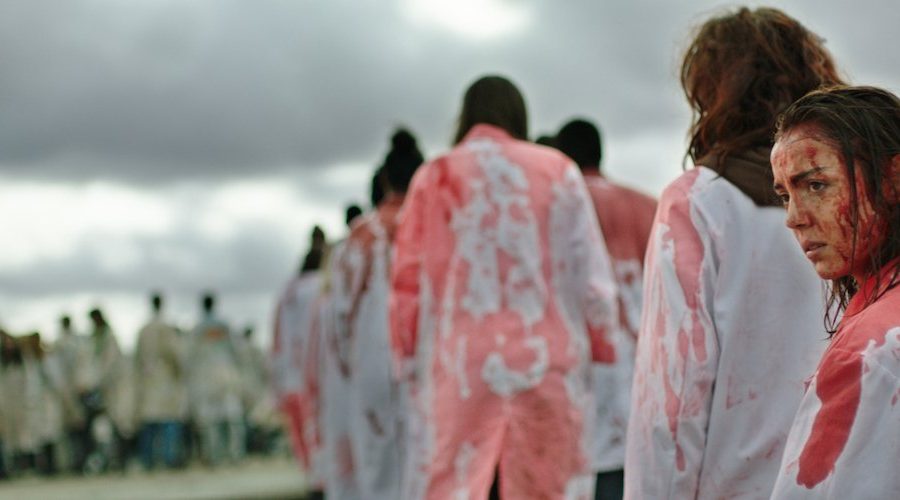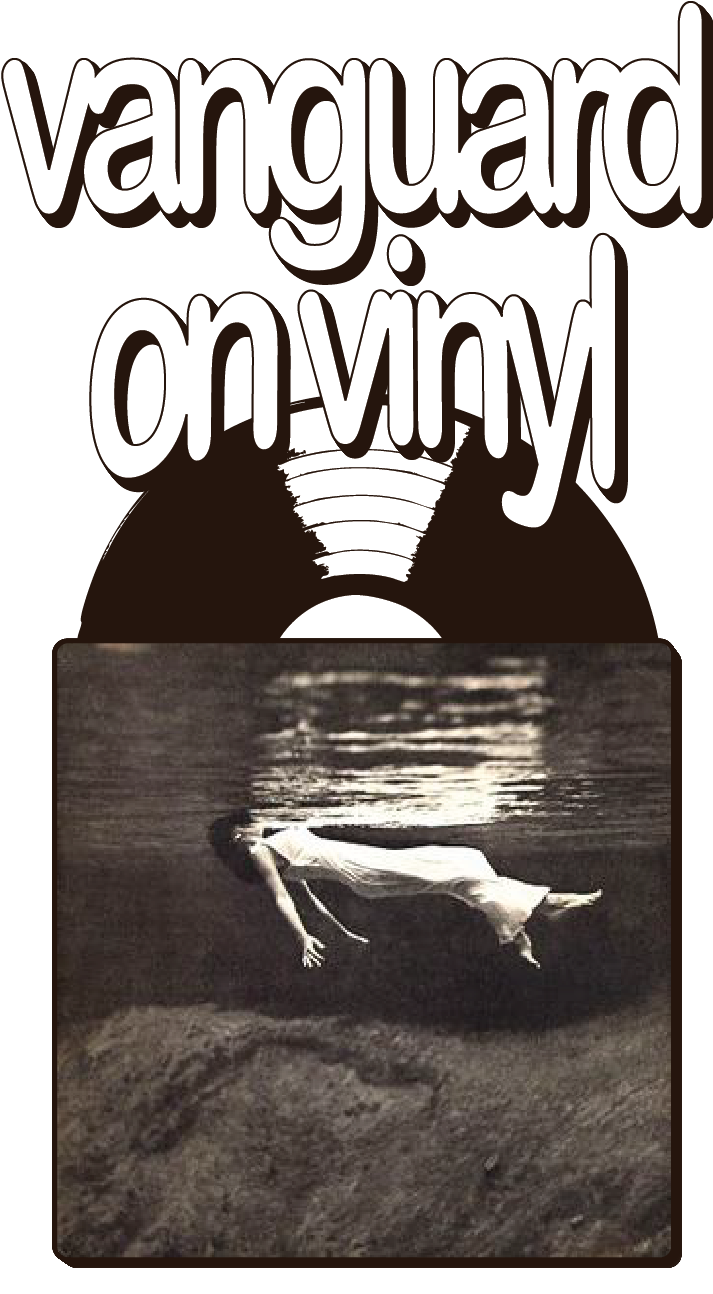This weekend at Portland State’s 5th Avenue Cinema—Portland’s only student-run theater—the theater’s film curators have chosen to screen Eyes Without a Face, a French film by Georges Franju.
The horror movie follows a doctor and his daughter at their secluded chateau in the French countryside. When Dr. Génessier (Pierre Brasseur) causes an accident that disfigures the face of his daughter Christiane (Édith Scob), he allows the public to believe that she is dead. He is disgusted and appalled by the appearance of his once-beautiful daughter. With the help of his laboratory assistant and now accomplice Louise (Alida Valli), the doctor begins to kidnap young women and deliver them to the Génessier mansion. Once they are unconscious in the laboratory, Dr. Génessier starts to operate on them, removing their faces and attempting to graft them onto his daughter’s face.
The 1960 French horror was chosen for screening by one of 5th Avenue Cinema’s newest members, Clara Johnson. “[Eyes Without a Face] came out during the French New Wave, but I don’t think it was considered a French New Wave film,” Johnson said. “I know the viewers were shocked by it, and some of them even threw up and passed out in the theater when they watched it.”
The French New Wave was a film art movement that began in the late 50s, known for its rejection of traditional filmmaking conventions. As a result of the New Wave, French films became much more experimental, exploring different approaches to editing, narrative and visual style. Johnson said that Franju “was putting out films during the French New Wave, but I think he was pushing the bounds of film, of what people were expecting even more, from a thriller aspect.”
Although the film remains Franju’s most known, it was not initially received very well. Critics bashed the film and called it disgusting. “I definitely don’t think that the films that he put out did as well as the other films that were being put out at the time,” Johnson said. “People did not particularly enjoy watching this one in the theater, but then they re-released the movie in the U.S. in 2003, and it did pretty well.”
Eyes without a Face was brought to United States theaters in its original and uncut form more than four decades later, leading the film to earn a 98% fresh rating on Rotten Tomatoes, with reviews calling it poetic.
Johnson noted that she often considers older films slow and boring, but this one caught her attention. “It’s a slow-paced film—there are scenes without a lot of dialogue and just music,” she said. “You’d have to kind of observe and read between the lines of the dialogue—and some people don’t like that. They like everything presented to you.”
There is much less breathing room in movies these days, since most are focused on dialogue and getting to the next event. However, movies used to have much more space that allowed you time to grasp and ponder what was happening on the screen. “It was 1960, so it definitely had that feeling of entering an era of dialogue in film but without it being overwhelming for the viewer, because a lot of scenes are just really long shots of an event that’s happening or unveiling itself,” Johnson said.
Thriller films especially know how to take advantage of silence, but on the flip side, the fast-paced shock and horror we are used to in today’s thrillers still existed in this older one. “I definitely feel that the slow pace is to make it feel more agonizing, like you’re watching these events happen and unveil themselves in real time—the way wounds take a long time to heal,” Johnson said. “But toward the end of the movie, it definitely picks up, like many thrillers do. It’s just setting up the story.” But not only can the silence be seen as a breather and a tool for exposition, Johnson added, “I think the silence was a remnant of the silent era.”
In addition to the long bouts of silence, audiences should be prepared to face some good old-fashioned gore. “I definitely can understand why people would be grossed out by it,” Johnson said. “I was trying to put myself in the headspace of watching it in 1960 when they haven’t seen any special effects or makeup to that degree.”
She talked about a scene where the doctor took a woman’s face off and compared it to Psycho, the Hitchock film that had come out a couple of months later, noting the wave of thrillers that came out at the time. “It could have been more gory, but it was definitely unsettling seeing a long-held shot of a person trying to take someone’s face off,” Johnson explained. “In that particular scene, they didn’t have any music, and it wasn’t silent either. It was just the operator breathing really loudly for a long time.” In her opinion, knowing that filmmakers filmed this scene so many years ago made it even more impressive and freaky.
Johnson noted another scene where the doctor is eating dinner with his daughter wearing her new face. Before replacing her face, they had covered all the mirrors, but she still got scared looking at herself on reflective surfaces. At the dinner table, the doctor compliments her, saying she looks better than she did with her original face. “I think blocking your identity is one thing—obviously recognizing a face is a big deal, and it’s very human, you get to know people based off of what they look like—but I think hiding behind a mask and losing your identity as a person is a big thing throughout a lot of thrillers as well,” Johnson said. She mentioned similar thrillers that involve masks, like Scream, Friday the 13th, and Halloween.
Johnson said the film hit her hard, seeing how easily society rejected the defaced woman. “There are whole industries that make billions of dollars every year that try to make people look a certain way—beauty has always been a prevalent thing in society,” she said. Not only does the father avoid looking at her face, but he helps fake her death so that she can get out of her engagement. “I think it’s interesting that he would rather kill people and steal their faces instead of just letting his daughter’s face heal naturally and live the rest of her life in the world, probably because they think that life will be worse for her than if she doesn’t have a new face,” Johnson said.
Eyes Without a Face can be seen only this weekend at 5th Avenue Cinema. Catch it Friday or Saturday at 7 p.m. and 9:30 p.m., with another showing on Sunday at 3 p.m.






